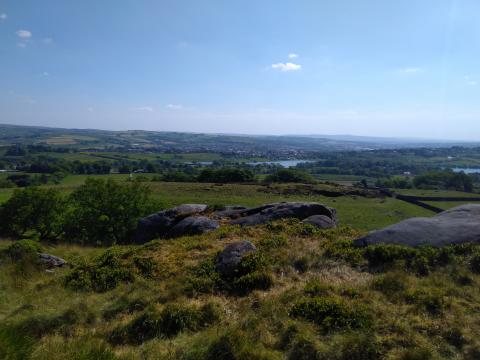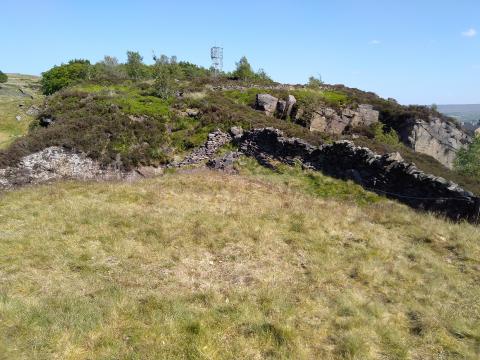Christian Retreat

In the gospels, Jesus frequently takes Himself off into the wilderness to be alone with the Father. His stealing away from company and public ministry is a pattern worthy of emulation.
Not very far from us are located a number of Christian retreat centres. I’ve always been a little sneery about such places; they seem to be run by and for theological liberals retreating from a theology of retreat. Still, in the past couple of years, disappearing for a week, away from hassle and emails with nothing but books and nice countryside, has sounded a most delightful prospect.
Scargill House is in the Yorkshire Dales at Kettlewell. It has a rather distinctive-looking chapel but otherwise resembles a rather grey comprehensive school nestling at the base of a steep hill. Resident there is Adrian Plass and his wife Bridget. His books from the nineties made me laugh so much my belly ached. They offer workshops, some of which are less appealing to me (Embroidery and Prayer) than others (Autumn Fire at Scargill, The Prayers of Jesus). There is a ‘community’ living here, a kind of modern-day monasticism but without the celibacy and itchy clothes.
Parcival Hall is another Dales establishment offering a programme of events for day visitors or residential guests. I went there once to admire the gardens which were stunning. Whereas Scargill is an independent charity, or movement as it terms itself, Parcival is Anglican, hence its Clergy Reading Week and Open Quiet Day IV with Revd Canon Dr Flora Winfield. Some of their offering is really just for curious members of the bourgeoisie (Literature Appreciation I, Art Appreciation II) and it’s not cheap, but it does look rather pleasant.
The third is Ampleforth Abbey, a little farther away towards Thirsk. Connected to a posh school, this is not somewhere one might go for a week, but a lifetime. It is an old-style Benedictine Abbey with 52 permanent monks. As a traditional Proddy, I view formal monasticism with suspicion. Although the Tudors were wrong to physically destroy the abbeys (they might have become schools, universities or hospitals) many of their inhabitants were idle lechers whose subsidised lives were in stark contrast to the laymen who worked their estates. Naturally, I can’t speak for the current denizens of abbeys, and the Ampleforth cenobites may have busier diaries than mine.
Well I’ve no plans to run off and become a Benedictine, but I am minded to look into Parcival and Scargill when they open up. In the meantime, going for a walk or sitting in the garden, park or unfrequented spare room might give us that sense of being away and alone. I climbed up Noyna Hill a couple of weeks ago, a few miles’ walk from my home and about 400 feet higher than the nearby village of Foulridge. Somehow, I find it easier speaking to God on a windy hill that in my house with emails pinging and lists of jobs impatiently waiting. It may not be as salubrious as some hall in the Yorkshire Dales, with cardiganed staff and home-made vegetable soup, but it is much cheaper and nearly as effective.


Noyna Hill, Foulridge
- Log in to post comments


 Sunday Worship 10.45am & 6.00pm
Sunday Worship 10.45am & 6.00pm